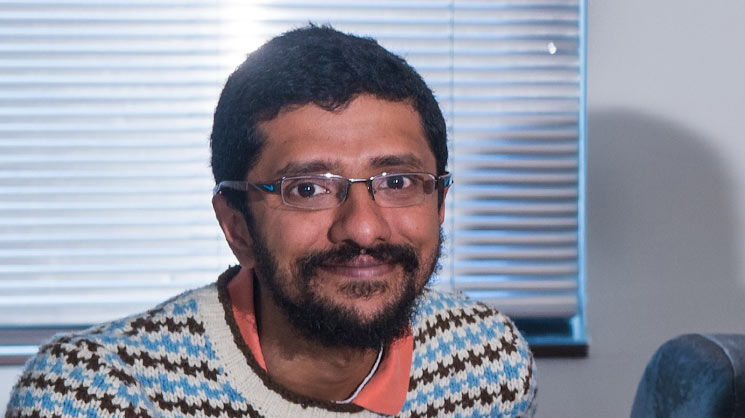
NEW YORK (Diya TV) — Indian American engineer by Ashok Veeraraghavan has developed a camera prototype that can capture a detailed micron-resolution image from a distance and does that without using a long lens.
Built and tested by a team of Rice and Northwestern University engineers, it employs laser and techniques borrowed from holography, microscopy and “Matrix”-style bullet time. It reads a spot illuminated by a laser and captures the “speckle” pattern with a camera sensor.
Referred to as “Synthetic Apertures for long-range, subdiffraction-limited Visible Imaging,” or, SAVI, it only works with coherent illumination sources, such as lasers. “Today, the technology can be applied only to coherent (laser) light,” said Ashok Veeraraghavan, a Rice University assistant professor of electrical and computer engineering, in a statement.
“That means you cannot apply these techniques to take pictures outdoors and improve resolution for sunlit images — as yet. Our hope is that one day, maybe a decade from now, we will have that ability,” he said.
SAVI’s “synthetic aperture” avoids long-range photography complications by replacing a long lens with a computer program that resolves the speckle data into an image.
“You can capture interference patterns from a fair distance. How far depends on how strong the laser is and how far away you can illuminate,” Veeraraghavan said.




